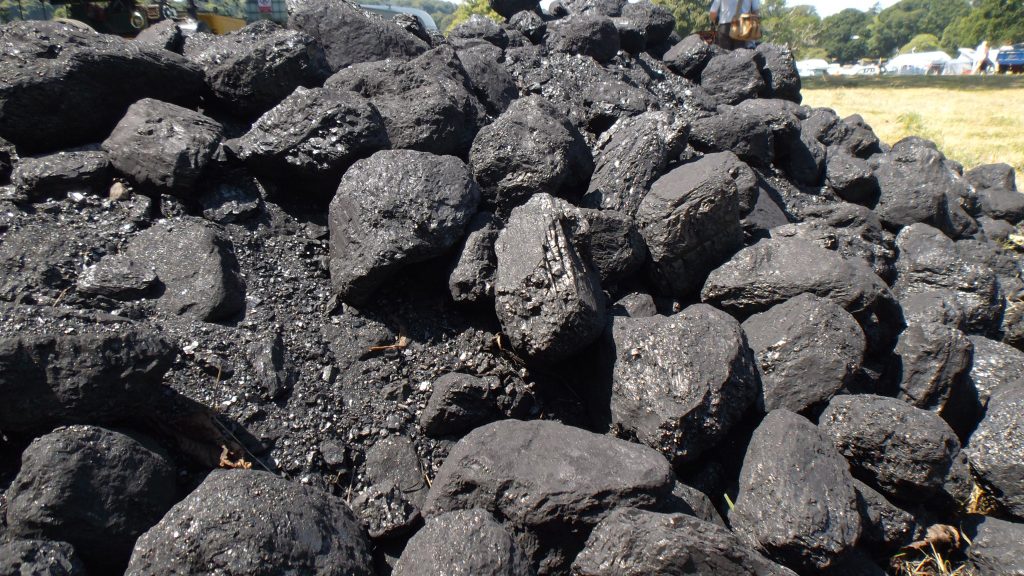Were Predictions Of A Commodities Supercycle Premature?

As economies around the world reopen, commodities markets are surging. Is this a temporary boom or the dawning of a supercycle? A flutter mid-May suggests this may be short-lived.
In early May, prices in iron ore, copper, lumber and agricultural commodities have rallied. Iron ore prices have hit record levels, an American housing boom is driving demand for timber and corn and soybean prices are at their highest levels since 2013.
For many observers, this is a cyclical upswing driven by the huge fiscal and monetary response of governments around the world to the pandemic. Pent-up demand in the economies of the globe is also driving prices.
However, with economists predicting that this latest commodities boom lacks the structural basis for a genuine supercycle, inflation fears and concerns about the resilience of Chinese demand saw commodities futures dip after the initial spikes.
What Is A Supercycle?
In terms of commodities, a widely accepted definition of a supercycle is a period during which prices rise above their long-term trend for between 10 to 35 years.
Because supply will often have to catch up to commodity demand (it isn’t a quick process to build new foundries, sink new mines or switch the focus of crop farming), a supercycle is often followed by a prolonged downturn. The result is a full cycle that can last from anything between 20 and 70 years.
So what is the prospect for a commodities supercycle?
Luminaries from major investment banks and trading houses had been lining up to forecast that a new era of surging commodities prices is upon us. However, the prospect of immense inflationary pressures and fears that central banks will begin to curb monetary stimulus knocked the stuffing out of markets recently.
There were also warnings in China that consumers should be protected from soaring commodity prices.
What may become clearer very soon, is that certain very specific commodities markets will be the ones to keep a watch over. Cobalt and nickel, for example, are key to green energy plant operations, with governments around the globe racing to commission new renewable power plants.